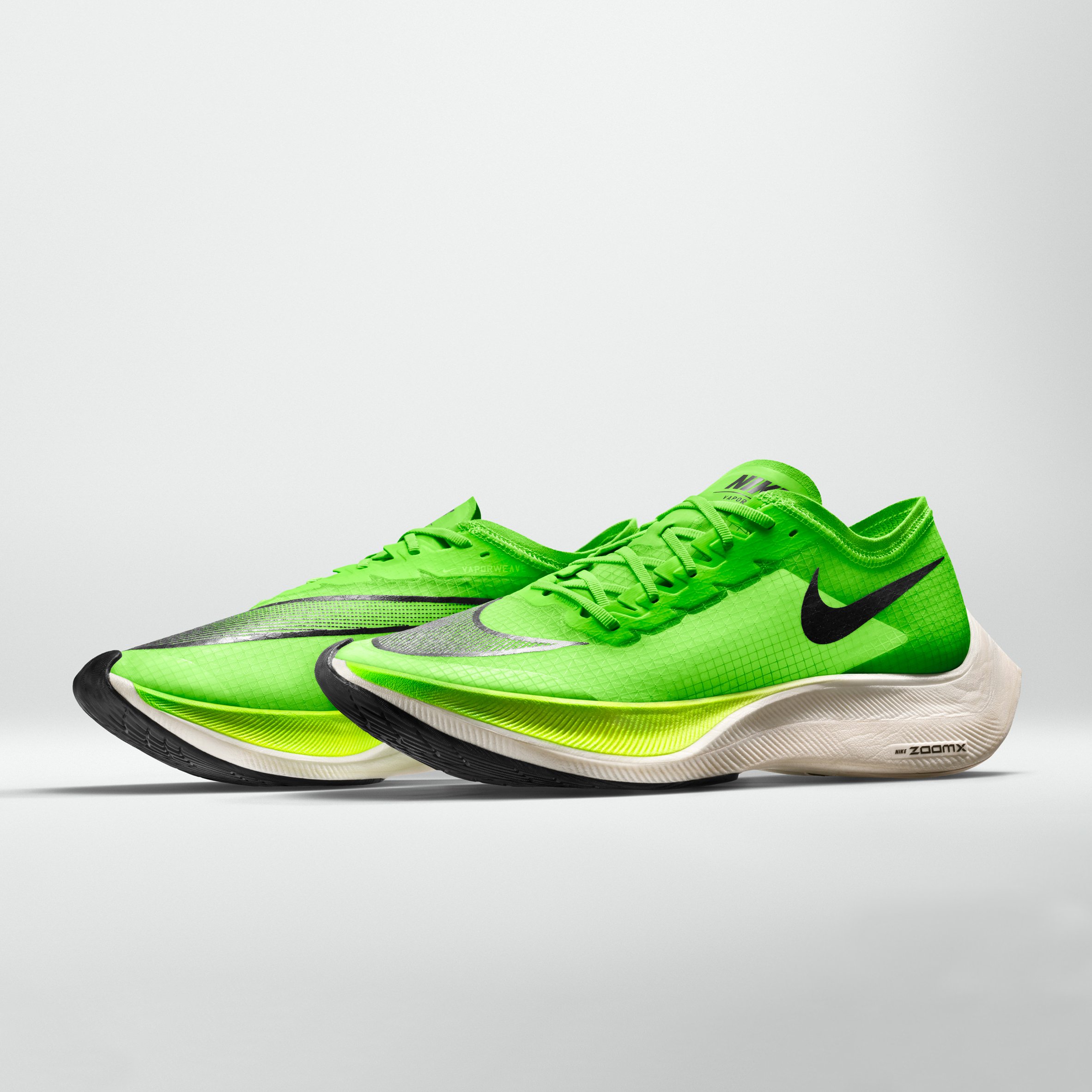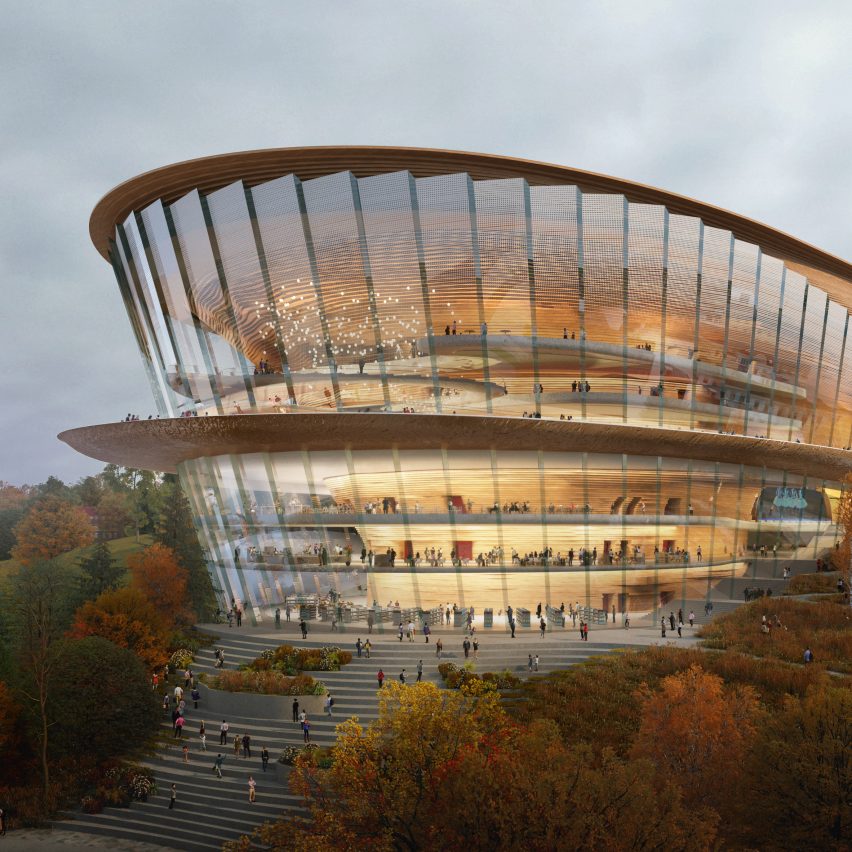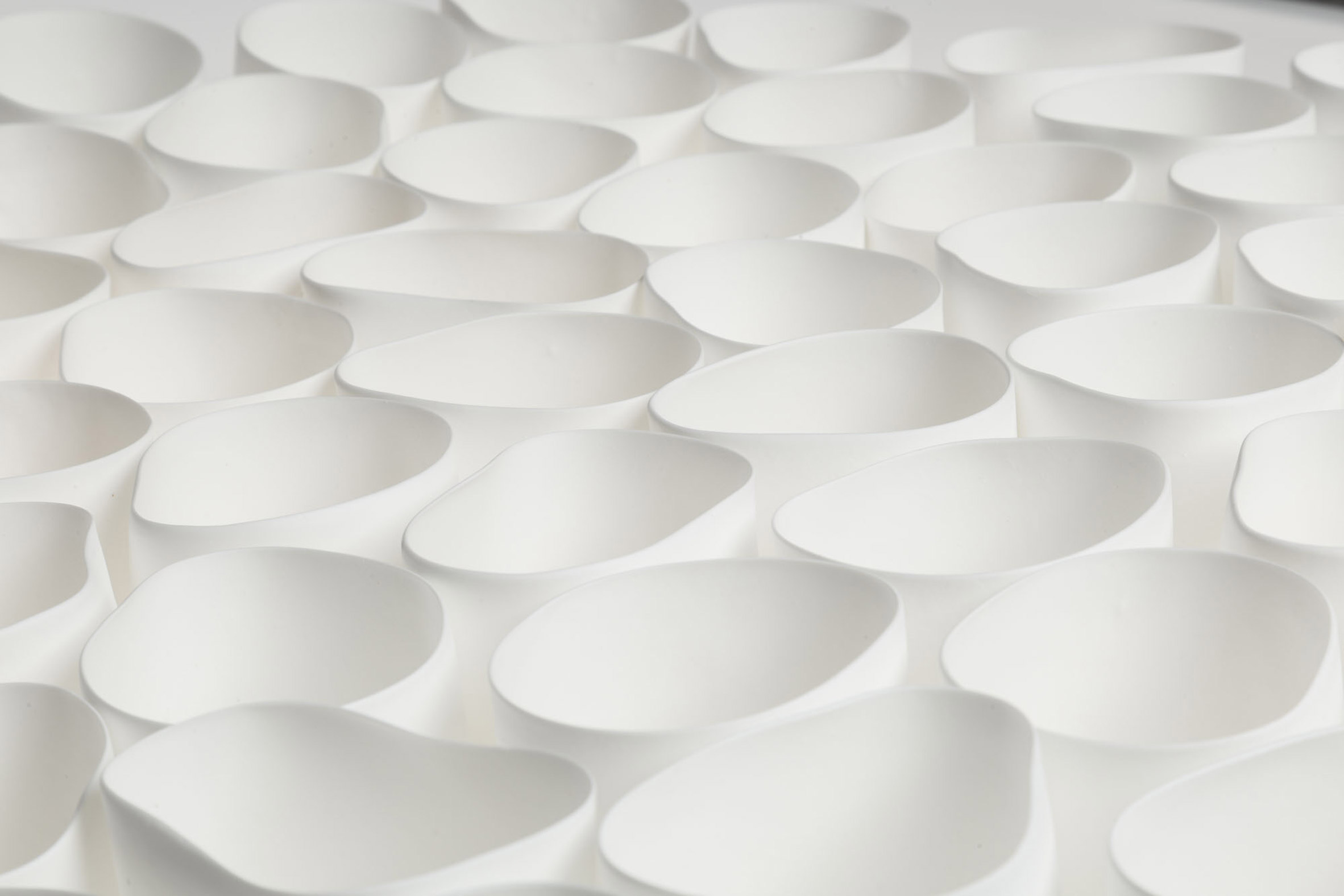
Nike's controversial Vaporfly shoe has been permitted for use in the Tokyo 2020 Olympics but the shoe Eliud Kipchoge wore to break the two-hour marathon record is banned.
World Athletics has temporarily updated its guidelines for sports shoes worn in competitive events ahead of the Tokyo 2020 Olympics in July.
The new guidelines from the international governing body for athletics bans the trainer Eliud Kipchoge wore to break the two-hour marathon record.
Vaporfly meets new stipulations
However, Nike's Vaporfly range – including the Nike ZoomX Vaporfly NEXT% and the Zoom Vaporfly 4% – meets the stipulations of World Athletics' amended Technical Rules.
These prohibit shoes with soles that are thicker than 40 millimetres and the inclusion of more than one carbon-fibre plate, or similar item, in the sole.
The news comes amid criticism of the fairness of allowing athletes to compete while wearing the Vaporfly range, which have thick, foam soles and carbon-fibre plates to improve speed.

In 2019, 31 of the 36 podium positions in the six world marathon majors were won by elite athletes wearing Vaporfly, as reported by the Guardian.
World Athletics' Moratorium, which forms part of the Clothing section of the guidelines, also states that, from 30 April, shoes have to be on the open market for at least four months before an elite athlete can wear them for a contest.
Eliud Kipchoge's record-breaking shoe banned
While Vaporfly remains within the amends, the prototype Air Fly trainer that Nike-sponsored Kenyan runner Eliud Kipchoge wore to run a sub-two-hour marathon in October 2019 will be banned under the regulations.
The sneaker has a much chunkier sole than the Vaporfly and reportedly includes three carbon-fibre plates.
It has been reported, however, that Nike still has time to make amends to the Alpha Fly ahead of a release in March – over four months before the start of the Tokyo 2020 Olympics on 24 July.
This could make it possible for athletes to wear the shoe during the major competition.
Nike developed Vaporfly to break record
Nike's designers and scientists worked with athletes to develop the Zoom Vaporfly Elite shoes specifically for its Nike Breaking2 project.
It released the first version in the range, the Zoom 4% featuring a thick ZoomX foam underfoot, in 2017, claiming it could increase the speed of an athlete by four per cent.

The updated ZoomX Vaporfly NEXT% was launched last year, comprising two layers of ZoomX foam with an articulated carbon-fibre plate slotted in between to increase the stiffness of the shoe.
"That's what is giving athletes that propulsion to get their foot off the ground," vice president of Nike Running Footwear Brett Holts told Dezeen last year.
The post Nike avoids Vaporfly running-shoe ban ahead of Tokyo 2020 Olympics appeared first on Dezeen.
from Dezeen https://ift.tt/2SdjQsN



























